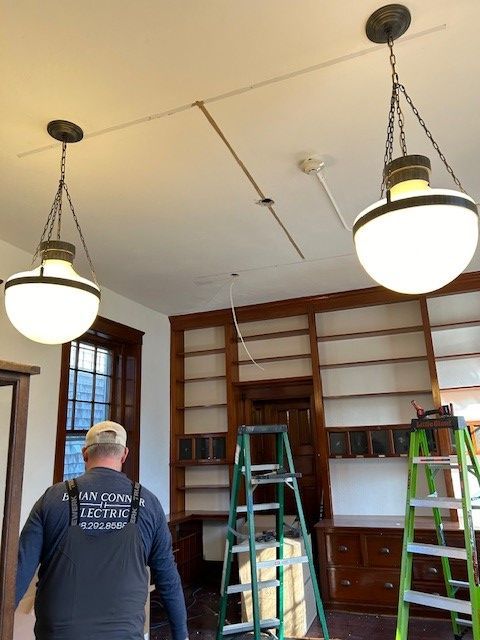Keep Calm and Bird On: August 2022
“If you don’t look, you don’t see. You have to go and look.”
-Edith Andrews
August means shorebirds. The local shore-breeding birds are now sharing the flats and shoals with migrants who nested in the far north. Most individuals make only a brief pit-stop on their way south, although the stream continues as birds of the year follow after their parents.
Sanderlings are just beginning to return, their dances back and forth with the waves endlessly entertaining. Feeding shorebirds signal a healthy beach ecosystem: mole crabs, copepods, marine worms or tiny mollusks, the often otherwise-invisible life of the shore. Black-bellied and Semipalmated Plover, these are relatively easy to identify.
Sandpipers are more of a challenge. They are all more or less brownish-greyish above and white-ish, streaked or speckled below. Relative size is the first thing to look at: Least Sandpipers are tiny, with a brown bib. Leg color is also important; is it light-ish, dark-ish, yellow-ish, greenish? Complicated of course if birds are belly-deep in water, or wading in mud. But the challenge is why we like the endless puzzle that’s birding. Pectoral Sandpipers also have a bib but are noticeably larger. Then, bill-shape: short like plovers? Straight like Willets? Thin like a Yellowlegs? (One of the few descriptively named shorebirds, they actually have yellow legs) Sturdy like Turnstones? Curving down like Whimbrel, or up like Godwits?
But there is also pleasure in taking the time to just watch them. We know it’s a hot day when we see a bird with its throat vibrating. This is called ‘Gular fluttering’, the avian equivalent of a dog’s panting, as birds similarly don’t sweat. But they do have a complicated respiratory system, with air sacs and hollow bones, and moving air across helps them cool.
Recent Posts





